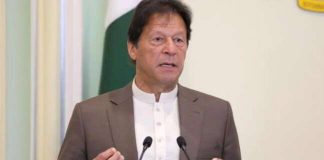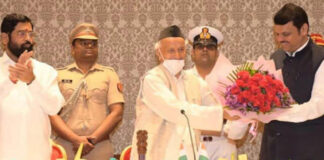NOVEMBER 3, 2018

BENGALURU: India is set to touch 1 billion in debit cards. It was a mere 84 million a decade back. Even four years ago, it was less than half of what it is today. This phenomenal growth is because of governments’ consistent push towards rural financial inclusion, with schemes such as MNREGA, opening of Jan Dhan accounts, and direct benefit transfers (DBT).
The RuPay cards, which come with all Jan Dhan accounts and increasingly with other accounts too, have played a singular role in the debit card surge. Sources told TOI there are now 560 million RuPay cards. These cards were introduced in 2012, but there’s been a surge in them in recent years. Two years ago, the number was less than half at 230 million.
Even usage of debit cards has surged. Both the volume and value of transactions have increased by 100% over the past five years. In August, debit cards were used for 1.16 billion transactions worth Rs 3.24 trillion, compared to 579 million transactions worth Rs 1.6 billion in August 2013.
Bankers say Jan Dhan account holders are savvy. A K Sahu, GM – debit cards, Canara Bank, says customers come to their office demanding their benefits under various bank account schemes.
“They know they must keep their ATM PIN a secret. They know the account comes with pension plan, personal accident insurance of Rs 30,000, life insurance of Rs 1 lakh, and overdraft facility. The formalization of the economy, and government schemes have ensured that most citizens are comfortable with debit card usage,” he says.

“We’ve seen our rural customers do e-commerce transactions to take advantage of festival offers on Flipkart, Amazon,” says RA Sankara Narayanan, MD, Vijaya Bank.
Changing DBT disbursal patterns are also encouraging debit card usage. Where earlier a bank’s business correspondent (BCs) would go in person to a village to disburse the Rs 2,000 monthly pension for senior citizens, widows and the disabled, today many beneficiaries of state and Central government schemes are seeing direct account transfer.
Bankers say that in urban areas, the government decision to waive MDR (merchant discount rate) charges for debit card purchases below Rs 2,000 has really helped debit card usage in shopping. “Earlier, supermarkets and clothing stores did not like to swipe debit cards for purchases below Rs 200. They would warn the customer they’d charge an extra 2-3%. Now, with the MDR waived, we are seeing a surge in small-ticket purchases with debit cards,” says Sanjeev Moghe, head, cards and merchant acquiring business, Axis Bank.
Urban India also values convenience. “A majority of our customers pay their utility bills, mobile or DTH bills using their debit card. Of the total number of non-ATM debit card transactions, I’d say about 50% today goes towards online payments, including e-commerce, and 50% towards PoS machines at stores,” says Moghe.
Another strong pull for debit card is the range of cashbacks, discounts and special offers that come with its usage for activities like dining, shopping, and booking flight tickets. Proving particularly popular is the EMI option during check-out for purchase of high-end electronics on e-commerce sites.
“The consumption story in the country has been aided by the fact that today customers are also able to make big ticket item purchases through offers even on debit cards. Availability of finance for say durables purchase through EMI on debit cards is a big driver,” says Parag Rao, country head – cards and merchant acquiring business, HDFC Bank.
Courtesy/Source: Times of India









































































































